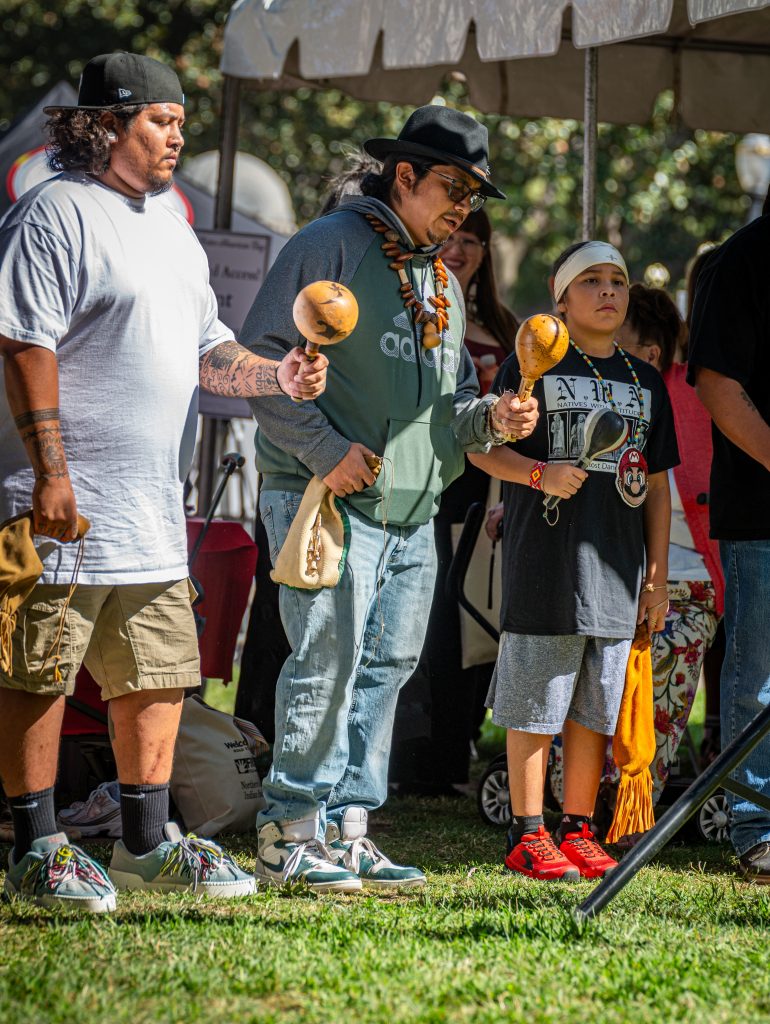- Native American Heritage Month (USA)
Native American Heritage Month is observed each November in the United States as a time to honor, celebrate, and educate about the vibrant cultures, histories, and enduring contributions of Native American and Alaska Native peoples.
History
The roots of Native American Heritage Month reach back to early 20th-century advocacy by tribal leaders and allies for national recognition of Native Americans. After several years of state-level observances and federal awareness weeks, Congress officially established November as National American Indian Heritage Month in 1990, with annual proclamations continuing to this day.
Observances
The month provides a national platform for Indigenous peoples to share their languages, stories, art, music, and traditions. It also serves as a time to raise awareness about the unique challenges experienced by Native communities, including the impact of federal policies and ongoing struggles for cultural and legal recognition

Numerous cultural events, educational programs, gallery exhibits, book talks, and community activities are held across the country to spotlight Indigenous achievement and resilience, with participation encouraged from all backgrounds.
The themes of Native American Heritage Month often spotlight both the struggles and triumphs of Native peoples, with recent emphasis on healing from the legacy of federal boarding schools and supporting intergenerational resilience. The observance offers an invitation for all Americans to learn more, reflect on the nation’s shared history, and participate in building a more inclusive future.
Male Perspective
Roles of Native American Men: Traditionally, Native American men have served as hunters, warriors, providers, leaders, craftsmen, and spiritual figures within their tribes. Their roles often included protecting their communities, engaging in decision-making councils, and passing down cultural knowledge through oral traditions, storytelling, and mentorship.
Cultural Contributions: Native American men have historically been makers of tools, weapons, canoes, and ceremonial regalia. Many are renowned for their artistry in beadwork, carving, music, and dance, as well as serving as spiritual leaders, medicine men, or shamans in some nations.
Modern Experience: Today, many Native American men face unique challenges—higher rates of poverty, health disparities, underrepresentation in media, and the ongoing effects of historical trauma—yet also exhibit resilience and leadership in revitalizing language, culture, and sovereignty.
Identity and Masculinity: Masculinity in Native communities can differ greatly from mainstream Western ideals. Many tribes recognize fluid gender roles, where Two-Spirit individuals—those who embody both masculine and feminine traits—are respected as holding special status or fulfilling important community roles.
Reflection during Heritage Month: For many Native men, Heritage Month is a time to reflect on ancestors’ legacy, the responsibilities of fatherhood, community stewardship, and the importance of teaching history and tradition to the next generation. It’s also an opportunity to challenge stereotypes, celebrate resilience, and foster healing within families and communities.
